Capstead Mortgage Corp
Latest Capstead Mortgage Corp News and Updates
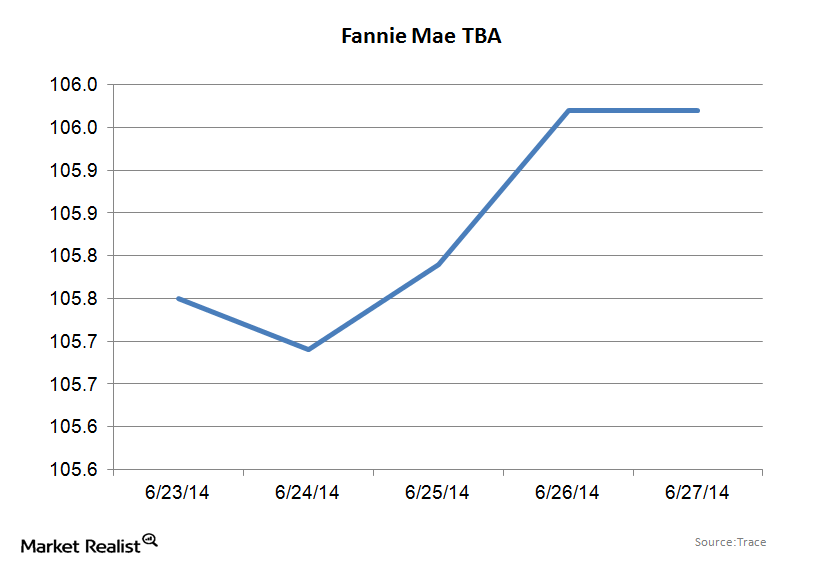
Why Fannie Mae securities rallied with bonds about 1/4
The main action driving TBAs specifically seems to be out of Washington, between the Fed purchases and the government’s policies to drive origination.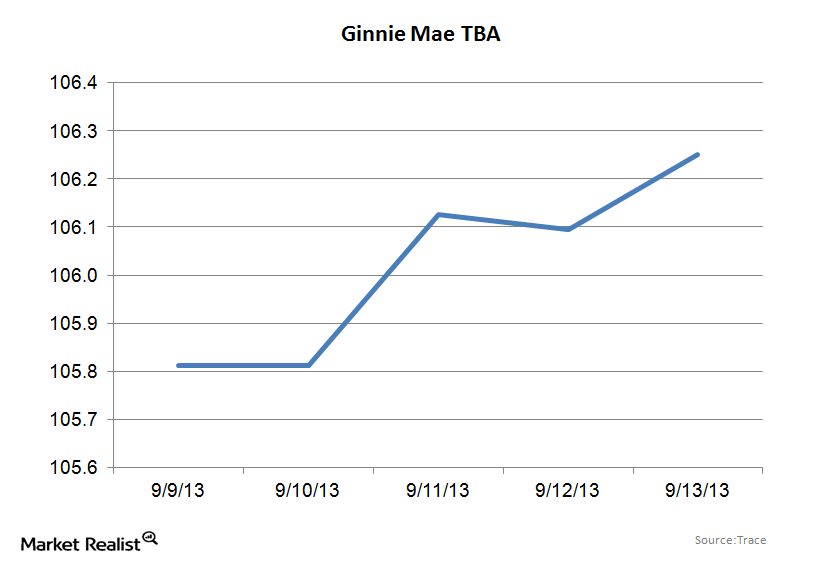
Ginnie Mae TBAs rally before the Fed meeting
Mortgage-backed securities are the starting point for all mortgage market pricing and the investment of choice for mortgage REITs When the Federal Reserve talks about buying mortgage-backed securities, it’s referring to the To-Be-Announced (also know as the TBA) market. The TBA market allows loan originators to take individual loans and turn them into a homogeneous product […]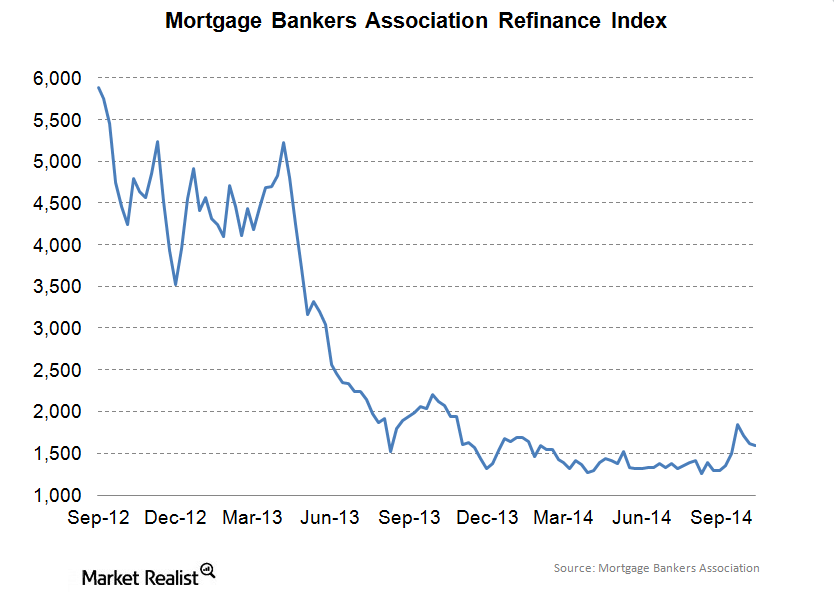
The End Of Quantitative Easing Could Make Mortgage REITs Vulnerable
Big agency REITs like Annaly (NLY) and American Capital Agency (AGNC) took the chance to deleverage their balance sheets after the warning in the spring of 2013.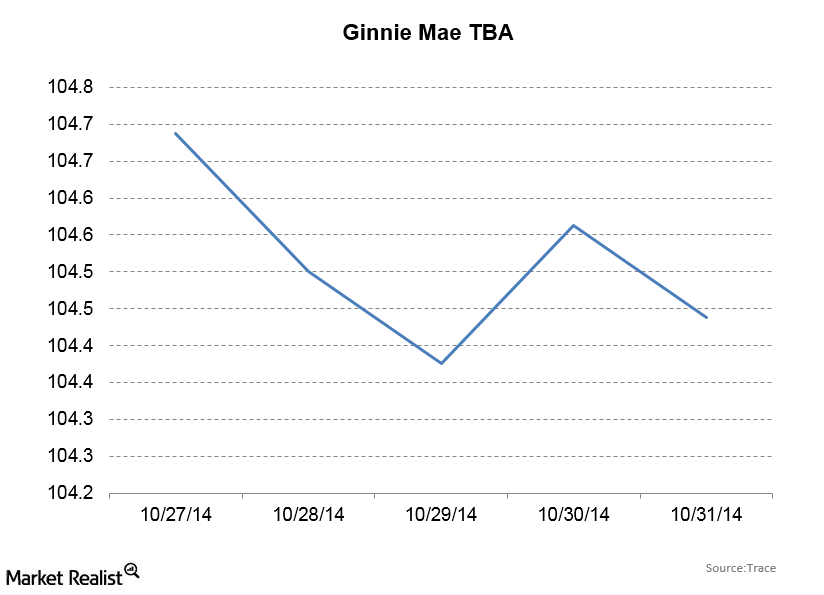
Ginnie Mae securities shake off the end of quantitative easing
The ten-year bond sold off, with yields increasing from 2.27% to 2.34%. Ginnie Mae TBAs bucked the trend, rising from 104 20/32 to 104 25/32.
Ginnie Mae Securities Buck The Recent Trend And Rally
Ginnie Mae and the to-be-announced market The Fannie Mae to-be-announced (or TBA) market represents the usual conforming loan—the plain Fannie Mae 30-year mortgage. Meanwhile, Ginnie Mae TBAs are where government loans go—such as the federal housing administration (or FHA) and veterans affairs (or VA) loans. The biggest difference between a Fannie Mae mortgage-backed security (or […]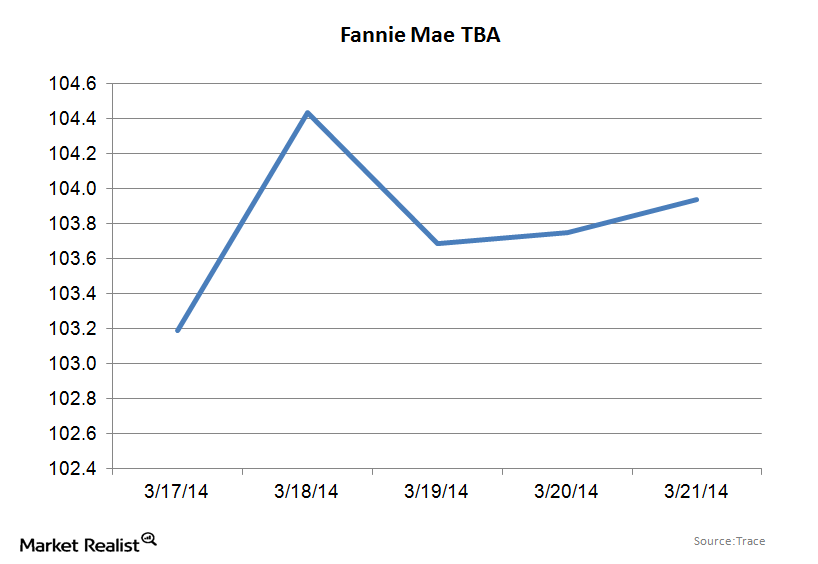
Fannie Mae TBA securities shrug off the March FOMC meeting
Given that another $10 billion in tapering was already priced in, TBAs didn’t react to the FOMC meeting. MBS spreads tightened as MBS rallied in the face of a bond market sell-off.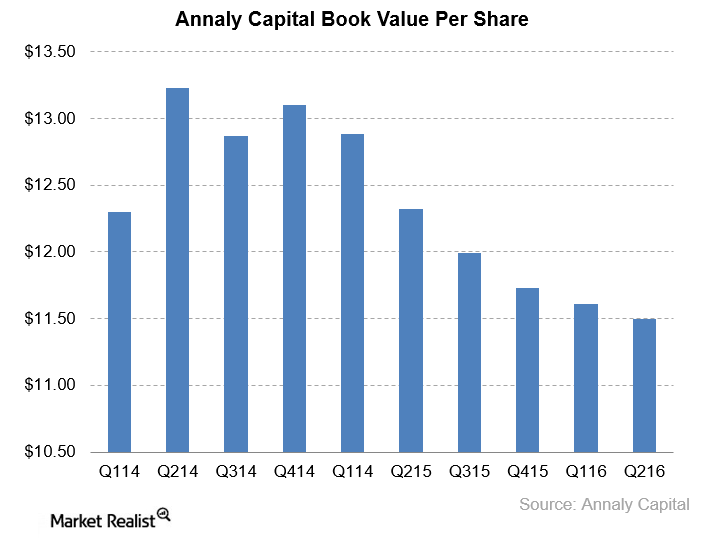
How’s Annaly Capitalizing on Commercial Real Estate?
By investing in commercial real estate, Annaly Capital is increasing its returns. At the same time, it’s taking on credit risk.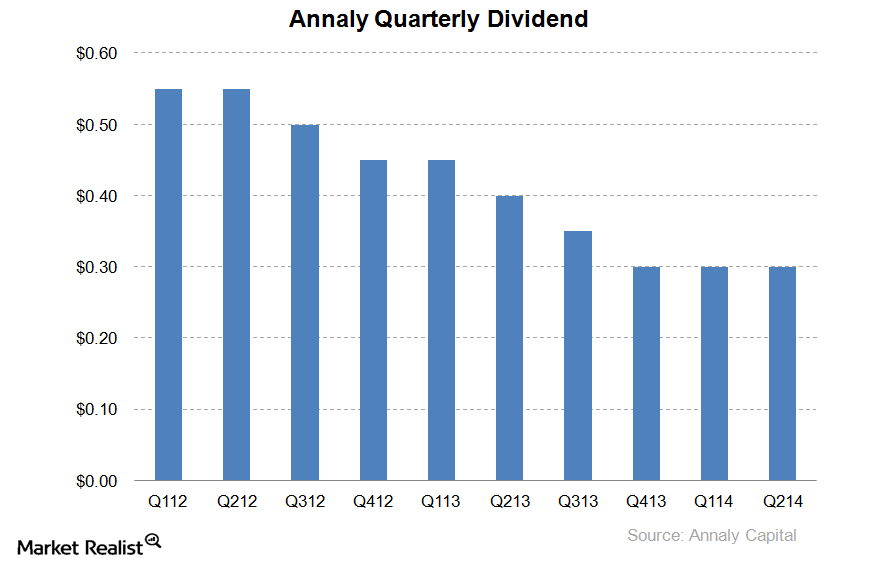
Annaly CEO Wellington Denahan shares her vision for the future
On the company’s conference call to analysts and investors, Annaly CEO Wellington Denahan addressed the current interest rate environment and where she saw the company heading in the future.
